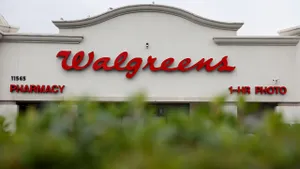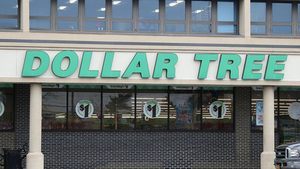2015 Apple Crop: Bags are the Opportunity, Balance is the Key
January 1, 2018
The apple harvest in Washington State is underway. Fall weather has been outstanding for perfecting fruit finish and grower predictions regarding an expected increase in smaller apples are proving to be true, industry officials say. Widespread reports indicate that the 2015 apple crop in Washington will peak at least one to two sizes smaller than normal.
An abundance of small bagging apples creates a unique challenge for retailers. Bagged apples have historically been sold in “value packs” with low retail prices designed to entice volume purchases by consumers. Nielsen data for the 2014 apple season underscores the opportunity and the risk. Bagged apples generated nearly 40 percent of total apple category dollars. Retailers that allowed their mix to shift too much toward value bags typically suffered category deflation as average transaction values declined.
“With smaller apples, bagged mainline varieties are going to be big this year,” says Steve Castleman, senior vice president of sales at CMI. “Our retailers are already lining up really strong promotions on three and five pound apples, especially in key varieties like Gala, Fuji, Granny and Red Delicious.” He added that bagging sizes appear to offer retailers the best promotion opportunities for the coming season.
“The opportunity for retailers is recognizing that this year selling bagged apples is key, since Washington State supplies over 60 percent of the U.S. apple crop,” he says.
According to Steve Lutz, vice president of marketing for CMI, the bagged apple market is evolving with premium bags becoming a strong compliment to lower-priced value bags. “More than ever, we expect to see retailers using three and five pound poly bags to attract consumers to the apple category,” says Lutz. “But the strong retailers will use premium bags to trade a portion of those consumers up.”
Premium bags are typically two pounds in size, featuring organics or new branded apples like Honeycrisp, Ambrosia, or KIKU brand apples. Because of higher quality material, premium bags can feature high colored graphics and product information to provide product information to consumers.
Lutz cites Nielsen data showing that value bags are increasingly only one part of the bagged apple opportunity. He says while poly bags provide a foundation for category performance it is the premium pouch bags that are driving growth. “Three pound apples drove 22 percent of apple category dollars last year so that’s obviously where retailers should start. But stopping with only value bags misses one of the biggest emerging opportunities in the category.” Lutz says many retailers haven’t discovered that premium bags are delivering the growth. Nielsen data shows that last year two pound bags were the fastest selling major segment of the packaged apple business, increasing in volume by over 350 percent, with an average selling price of $2.10 per pound.
“Retailers may not be giving much thought to the fact that two pound premium bags are actually retailing at higher per pound prices than bulk apples,” says Lutz. “These premium bags provide a great offset for retailers to trade some of packaged apple shoppers up to a more expensive product.”
Lutz added that the top selling two pound bagged apples nationally were the Ambrosia pouch bag follow by the Daisy Girl Organics Gala, both selling over a million units nationally last season at prices above two dollars per pound.
Lutz says the explosion in branded apple pouch bags is altering retail merchandising strategies.
“We’re beginning to see retailers generate strong success selling branded apple pouch bags in ways that are similar to packaged salad sets,” says Lutz. “Some of the most successful retail chains are creating a complete two-pound pouch lineup that includes branded products like AmbrosiaTM and Kanzi, Bartlett pears, Honeycrisp and even mainline apples like Gala and Fuji all lined up on a single table.”
Lutz adds that one of the benefits of the pouch bag is that organic items can be sold as part of the main apple line up. He cites retailers that are building full tables of two-pound pouch bags that offer consumers an opportunity to choose from more than a dozen premium items.
“We know there is a value shopper out there and in a year like this, it’s important for retailers to promote three and five pound poly bags” he said. “But missing the opportunity to trade shoppers up to these popular premium pouch bags just leaves dollars on the table. Every retailer needs to focus on ways to grab this business.”
About the Author
You May Also Like




